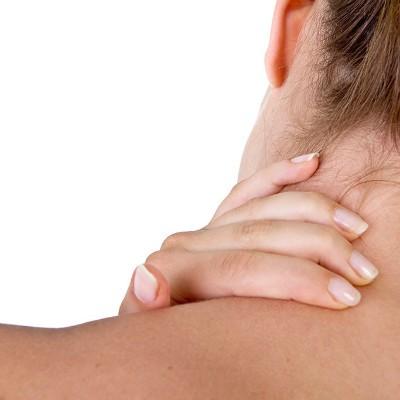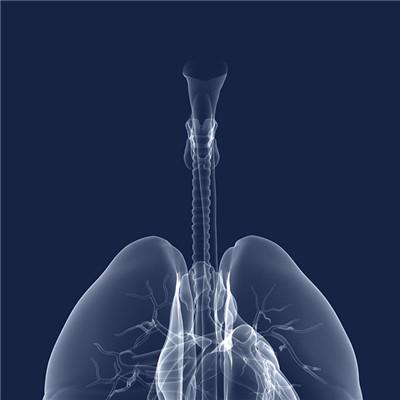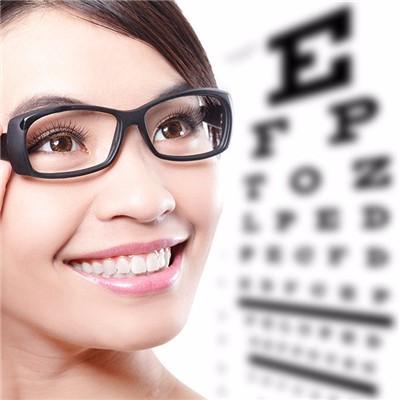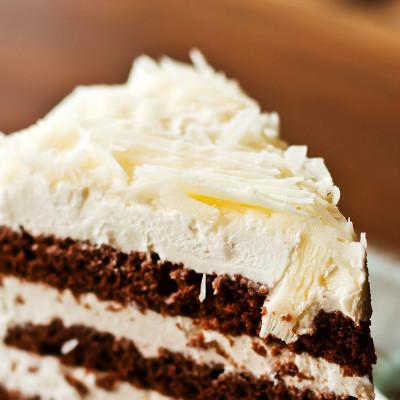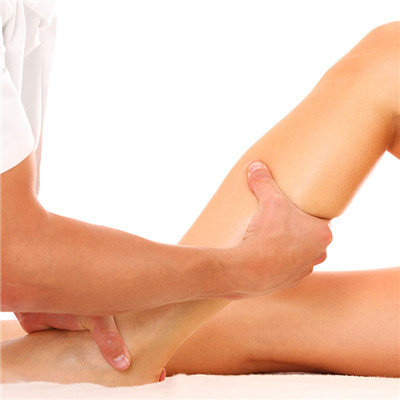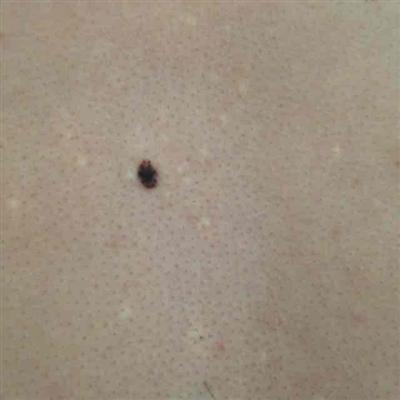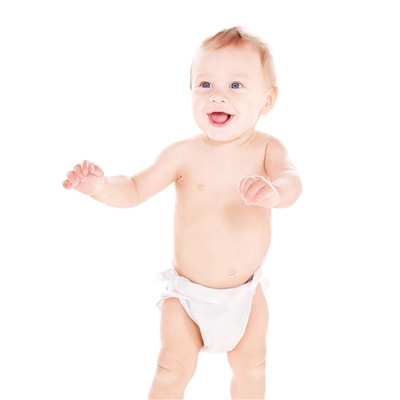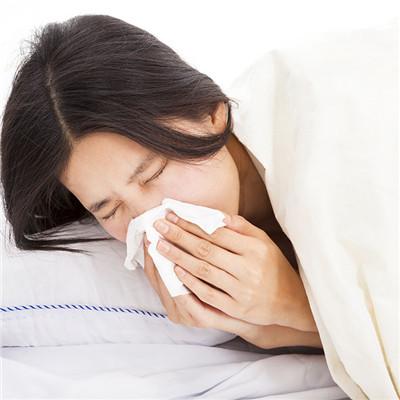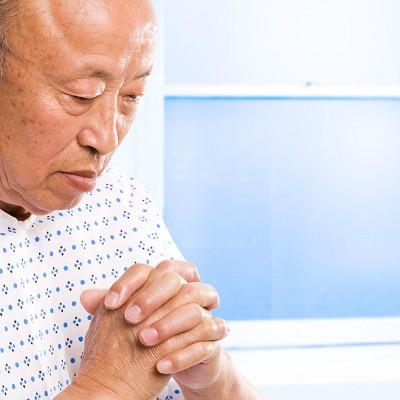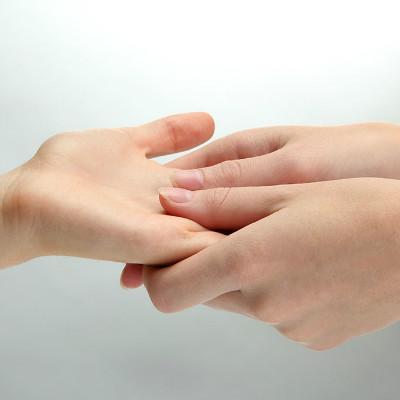What symptom does postpartum mastitis have?
summary
Postpartum mastitis is a common disease in puerperium, mostly acute mastitis. It often occurs in lactating women 3 ~ 4 weeks after delivery, so it is also called lactation mastitis. The pathogenic bacteria of acute mastitis are mostly glucococcus aureus and Streptococcus hemolyticus, which are caused by nipple laceration or bloody infection. Studies have shown that primiparas get mastitis more than twice as much as multipara. Why? This is because the skin of the nipple of primipara is delicate and can't stand the stimulation of the nipple when the baby sucks. It often causes tissue damage of the nipple and forms the crack of the nipple. In particular, nipple short, nipple erection is more prone to nipple cracks. After the cleft, because the baby sucks the nipple, it causes severe pain, so the feeding time is short, and even dare not let the baby suck the nipple, which makes a lot of milk sweat accumulate in the breast, so that the milk gradually decomposes in the breast, and the decomposed products are most suitable for the growth of bacteria. At this time, if outside the purulent bacteria from the nipple crack invasion, will be in the mammary gland rapid propagation, thus causing mastitis. What symptom does postpartum mastitis have? Now let me talk about it
What symptom does postpartum mastitis have?
Early: acute mastitis in the beginning of patients with breast fullness, pain, lactation even worse, poor milk secretion, breast lumps or with or without, skin reddish or not red, or accompanied by systemic discomfort, poor appetite, chest tightness and irritability.

Suppurative stage: the local breast becomes hard, and the mass gradually increases. At this time, it can be accompanied by high fever, chills, general weakness, dry stool, accelerated pulse, ipsilateral lymph node enlargement, and increased white blood cells. It can often form an abscess on 4-5 days, with breast jumping pain, local skin redness and translucency, and the central part of the mass becomes soft. According to it, there is wave motion. If it is a deep breast abscess, it can appear whole breast swelling, Pain, high fever, but local skin swelling and fluctuation is not obvious, sometimes a breast can exist at the same time or successively several pus cavity.
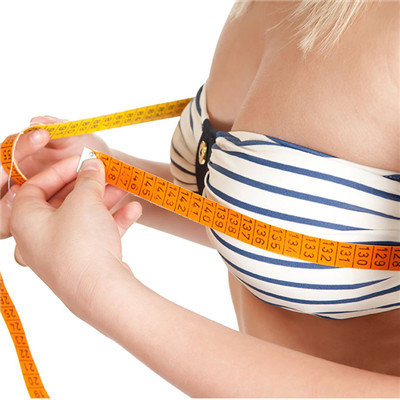
Later ulceration: superficial abscess can often break through the skin, forming ulceration or milk overflowing from the wound and forming galactorrhea. Deep abscess can penetrate the fat between breast and pectoralis major muscle, forming a posterior abscess of breast, and sepsis can occur in severe cases.
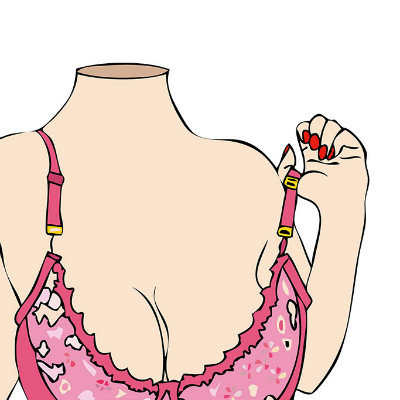
matters needing attention
1. To ensure that the breast-feeding posture is correct and the baby's sucking way is correct. Do not let the baby only contain to the nipple and cause chapped nipple, so that bacteria along the chapped nipple into the breast tube, causing acute mastitis. 2. Breast feeding must let the baby eat empty side of the breast and then eat the other side, do not alternate on both sides of the breast to eat, in order to prevent the baby for a long time can not eat milk caused by milk deposition caused by acute mastitis. If the mother's milk is sufficient, the baby is full on one side, and the other side is very swollen, it is necessary to squeeze out the milk from the swollen side of the breast, not to stay in the breast, in order to prevent the formation of induration and acute mastitis. At the same time, develop the habit of regular lactation, do not let the baby sleep with nipples. 3. To side sleep and supine sleep alternately, taboo mother prone to sleep. In order to prevent squeezing breast caused by milk deposition caused by acute mastitis. 4. No bra with steel brackets. Mother's milk will often inadvertently flow out, plus because of breast milk filling caused by breast sagging, at this time the new mother should not wear a bra with steel support, it is best to wear a special breast-feeding bra, in order to prevent the bra with steel support squeezing the breast tube, causing local milk deposition caused by acute mastitis. 5. To pay attention to their own health and cleanliness, before and after feeding the baby, it is best to scrub with water, and then wipe the nipple with a sanitary towel to keep the nipple clean. 6. Postpartum lactation should not be too urgent. Postpartum nutrition supplement is not more good, to help the milk of fish soup, broth or chicken soup must be based on the amount of milk secretion of the right amount of drinking. Because when some new mothers begin to secrete milk, the mammary duct is not unobstructed, and the sucking ability of the newborn is weak. If a large amount of milk is secreted, it is easy to cause milk swelling and caking, which brings pain to new mothers. Therefore, postpartum eating milk food should start from a small amount. 7. The purulent period of mastitis, should eat less "hair milk" role of laoxing soup, so as not to aggravate the disease. It is advisable to eat more fruits and vegetables with heat clearing function, such as tomato, green vegetables, Luffa, cucumber, mung bean, fresh lotus root, kumquat cake, etc. Kelp has the function of soft and hard, can eat more. At the same time, keep the mood comfortable. 8. Pay attention to diet: it is better to eat light and nutritious food, eat more fresh vegetables and fruits, such as tomatoes, Luffa, cucumbers, fresh lotus roots, oranges, etc., and avoid spicy, stimulating, meaty and greasy food.
